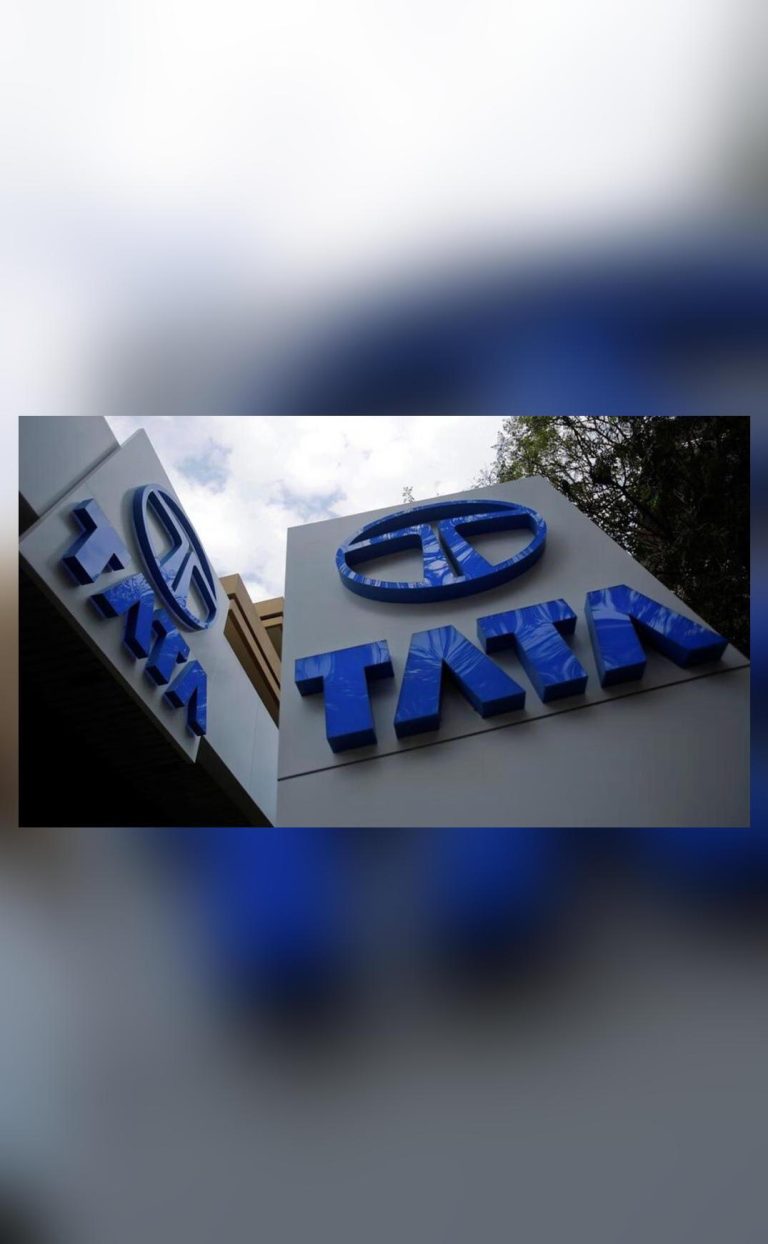
Electronics & Pharma Secure 70% of FY25 PLI Funds: Govt Data
The Production Linked Incentive (PLI) scheme, launched in 2021 to boost domestic manufacturing, has been a game-changer for India’s economy. The scheme aimed to encourage companies to invest in the country and increase their production levels. The latest data reveals that the electronics and pharma sectors were the top beneficiaries of the scheme in FY25, receiving a whopping 70% of the total funds disbursed.
According to official data, the electronics sector received ₹5,732 crore, while the pharma industry received ₹2,328 crore. This staggering amount accounts for nearly 70% of the ₹10,114 crore disbursed under the PLI scheme in FY25. This is significant, as it indicates the government’s efforts to promote domestic manufacturing are bearing fruit.
The PLI scheme was initially rolled out for 14 key sectors, including electronics, pharma, automobiles, and textiles, among others. The scheme provides financial incentives to companies that meet certain production targets. The scheme’s success can be attributed to its well-designed structure and the government’s commitment to supporting domestic manufacturing.
The electronics sector has been a key beneficiary of the PLI scheme, with companies like Foxconn, Wistron, and Pegatron setting up manufacturing facilities in the country. The sector’s growth has been driven by the increasing demand for electronic products, including smartphones, laptops, and televisions. The scheme’s incentives have encouraged companies to invest in the sector, leading to a significant increase in production and exports.
The pharma sector has also benefited significantly from the PLI scheme. The sector has seen a surge in investment, driven by the increasing demand for domestic production of medicines and medical devices. Companies like Lupin, Dr. Reddy’s, and Cipla have invested heavily in the sector, setting up new manufacturing facilities and expanding their existing ones.
The success of the PLI scheme can be attributed to several factors. One of the key reasons is the government’s commitment to supporting domestic manufacturing. The scheme has provided a much-needed boost to the economy, encouraging companies to invest in the country. The scheme’s incentives have also helped to attract foreign investment, with companies like Foxconn and Wistron setting up manufacturing facilities in the country.
Another significant factor is the scheme’s well-designed structure. The scheme provides financial incentives to companies that meet certain production targets, which has encouraged companies to increase their production levels. The scheme’s flexibility has also allowed companies to adjust their production plans according to market demand.
The PLI scheme has also helped to promote the growth of the MSME sector. The scheme’s incentives have encouraged small and medium-sized enterprises to invest in the sector, leading to a significant increase in employment opportunities. The scheme has also helped to promote the growth of the startup ecosystem, with many entrepreneurs setting up new businesses in the sector.
In conclusion, the PLI scheme has been a resounding success, with the electronics and pharma sectors receiving nearly 70% of the total funds disbursed in FY25. The scheme’s success can be attributed to the government’s commitment to supporting domestic manufacturing, the scheme’s well-designed structure, and the increasing demand for domestic production of electronic products and medicines. As the economy continues to recover from the pandemic, the PLI scheme is likely to play a significant role in promoting the growth of the manufacturing sector.






